Your feline companion is a master observer, constantly watching and learning from your daily routines. Cats really do become part of our families, to the point that they take on human habits — good and bad — and adapt their lifestyle with that of their owners. Recent research reveals surprising depths to the cat-human relationship, showing how these mysterious creatures pick up behaviors that mirror your own patterns.
The bond between you and your cat involves complex social learning processes that scientists are only beginning to understand fully. Cats vocalize more frequently with their human companions than with other cats, suggesting they’ve developed specialized communication strategies just for us. Let’s explore the fascinating ways your cat observes, learns, and occasionally ignores your human habits.
Your Daily Schedule Becomes Their Blueprint
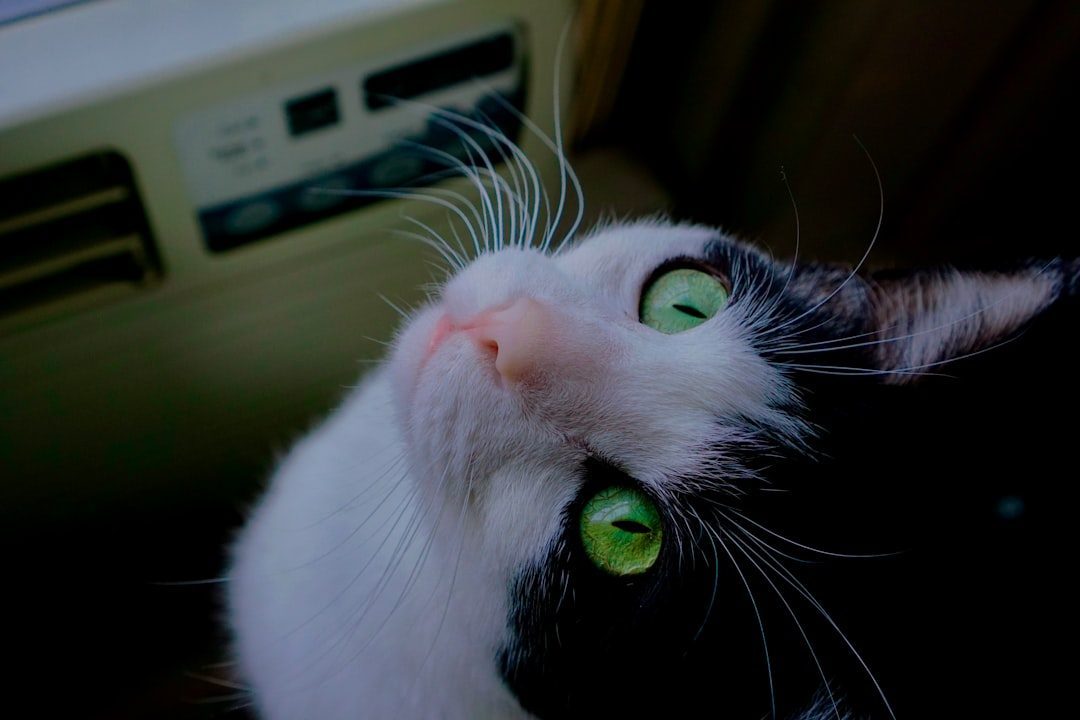
Over time, the cats in the first group mirrored the lives of their owners. Their eating, activity and sleeping patterns were very similar. Your cat doesn’t just live in your house; they actively synchronize their biological rhythms with yours.
When you wake up early for work, your cat gradually shifts their most active periods to match. They learn when breakfast happens, when you leave for the day, and when you return home. This behavioral mimicry goes beyond simple routine recognition.
“Cats are intelligent animals with a long memory,” Jane Brunt, DVM, and the executive director of the CATalyst Council, told Discovery News. “They watch and learn from us, (noting) the patterns of our actions, as evidenced by knowing where their food is kept and what time to expect to be fed, how to open the cupboard door that’s been improperly closed and where their feeding and toileting areas are.”
Vocal Modifications to Match Your Communication Style
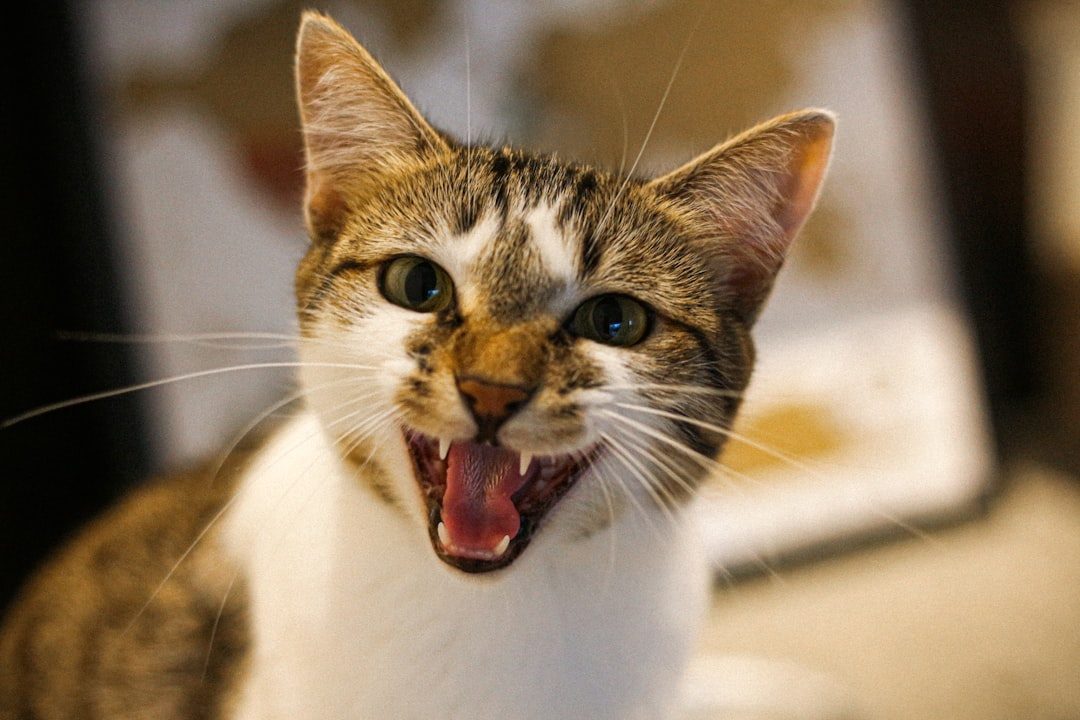
Meows are attention-seeking vocalizations in interspecific situations and higher pitched (subjectively more pleasant) than in feral cats and wild ancestors. Your cat has essentially developed a special language just for communicating with humans.
These modifications can include changes in tone, pitch, duration, and frequency of their meows. This behavior is not an attempt to reproduce exact human speech, but rather a way of grabbing our attention and expressing their needs more clearly. Each cat develops unique vocal patterns based on what gets the best response from their particular human.
Research shows that 40% of their human participants identified the correct contexts of cat vocalizations more often than by chance when the vocalizations belonged to their own cat, but did not perform above chance when the calls belonged to an unfamiliar cat. This suggests your cat has learned to “speak” specifically to you.
Emotional Synchronization With Your Moods
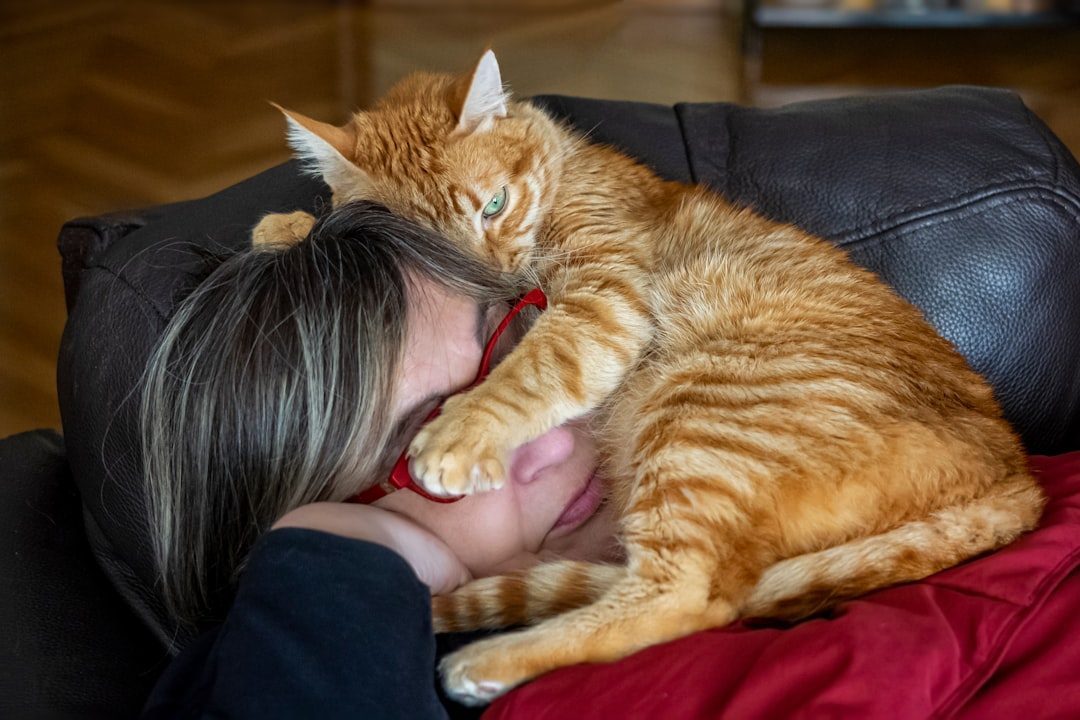
The cat also changes its behavior in response to depressiveness of the human when close to the person (but not at a distance), vocalizing more frequently with the person and head- and flank-rubbing more often on that person. Your emotional state directly influences how your cat behaves around you.
Cats possess remarkable abilities to read human emotions through multiple channels. Quaranta et al. demonstrated experimentally that cats are able to cross-modally match pictures of emotional faces with their related vocalizations in both conspecifics and humans. These authors proposed that cats have a general mental representation for the emotions of their social partners both conspecific and human.
When you’re stressed, your cat might become more vocal or seek more physical contact. They’ve learned to recognize the subtle changes in your behavior that signal different emotional states.
Food Habits and Eating Patterns
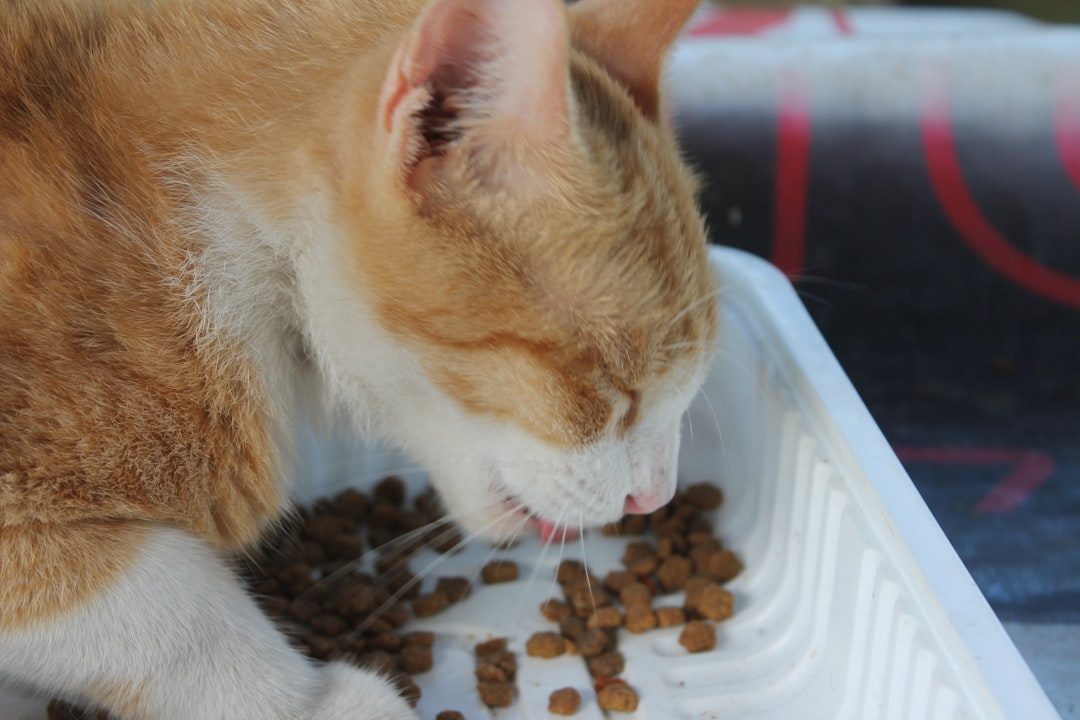
Piccione pointed out that cats’ food intake is associated with that of owners, perhaps explaining why human and cat obesity rates seem to so often match. Your eating schedule and food behaviors directly influence your cat’s relationship with food.
If you snack frequently throughout the day, your cat learns to expect multiple small meals. If you eat at regular times, they develop corresponding hunger patterns. They also learn your kitchen routines and position themselves strategically during your meal preparation times.
Cats even learn to associate your emotional eating patterns with their own food requests. When you reach for comfort foods, they might increase their own food-seeking behaviors, having observed the connection between your moods and eating habits.
Sleep Schedule Adaptation
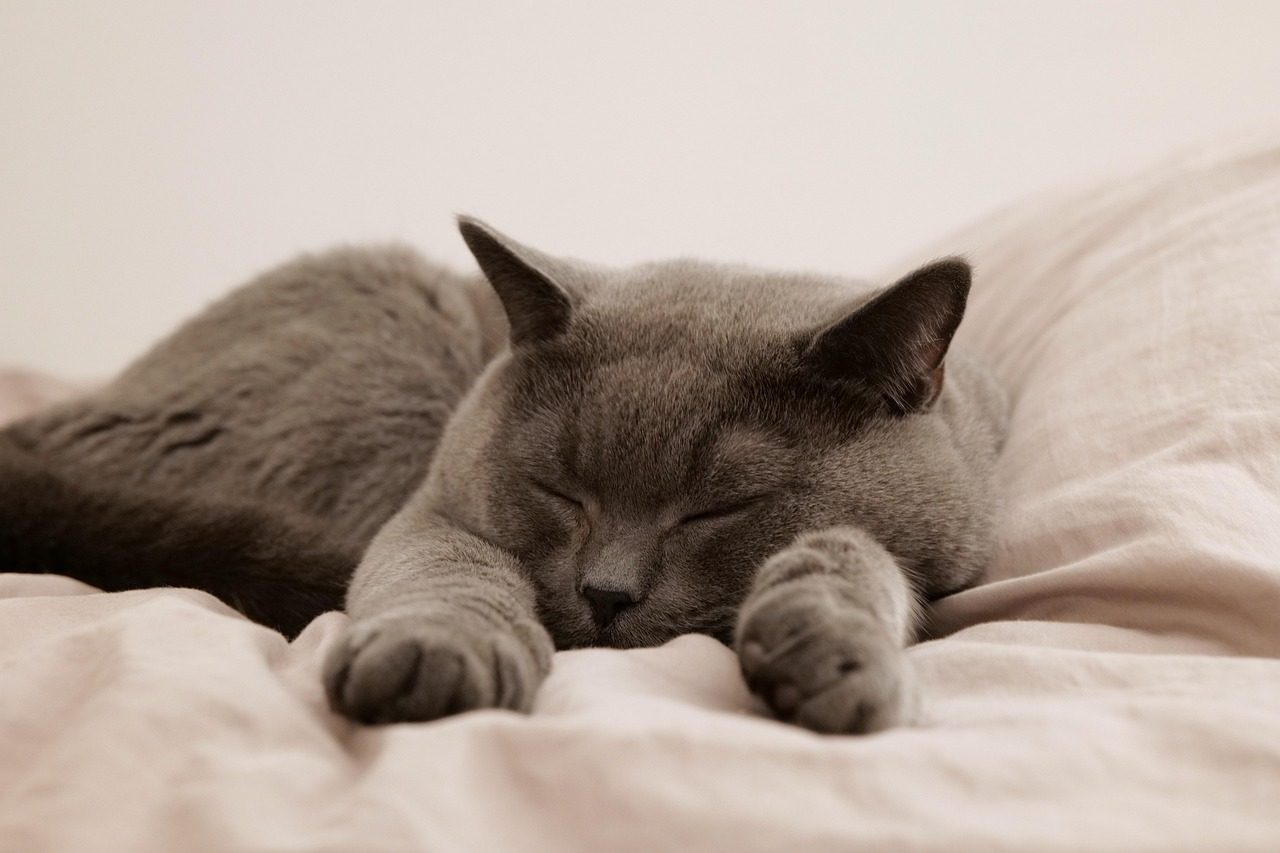
The cats left out at night became more nocturnal, matching the behaviors of semi-dependent farm cats with more feral ways. Your sleep patterns dramatically influence your cat’s activity cycles, overriding some of their natural nocturnal tendencies.
Indoor cats with owners who work regular daytime schedules often shift their sleep patterns to be more active during evening hours when their humans are home. They learn to reserve their most playful and attention-seeking behaviors for when you’re available to interact.
Some cats even develop “weekend behaviors” that differ from their weekday routines, showing they understand the difference between your work schedule and leisure time.
Social Interaction Preferences

During the following 5 min when the persons were allowed to interact as they pleased with the cats and the authors recorded the human’s behavior, the cats reacted to differences in behavior between men, women and children… Women and girls spoke to the cats more often and the cats vocalized more often with them than with the men or boys. Your cat learns which types of human interactions are most rewarding.
They observe how different people in your household interact and adjust their approach accordingly. If gentle voices and slow movements get positive responses, they learn to seek out these interaction styles.
Cats also learn your personal space preferences and respect boundaries you consistently maintain, while pushing limits in areas where you’re more flexible.
Problem-Solving Observation
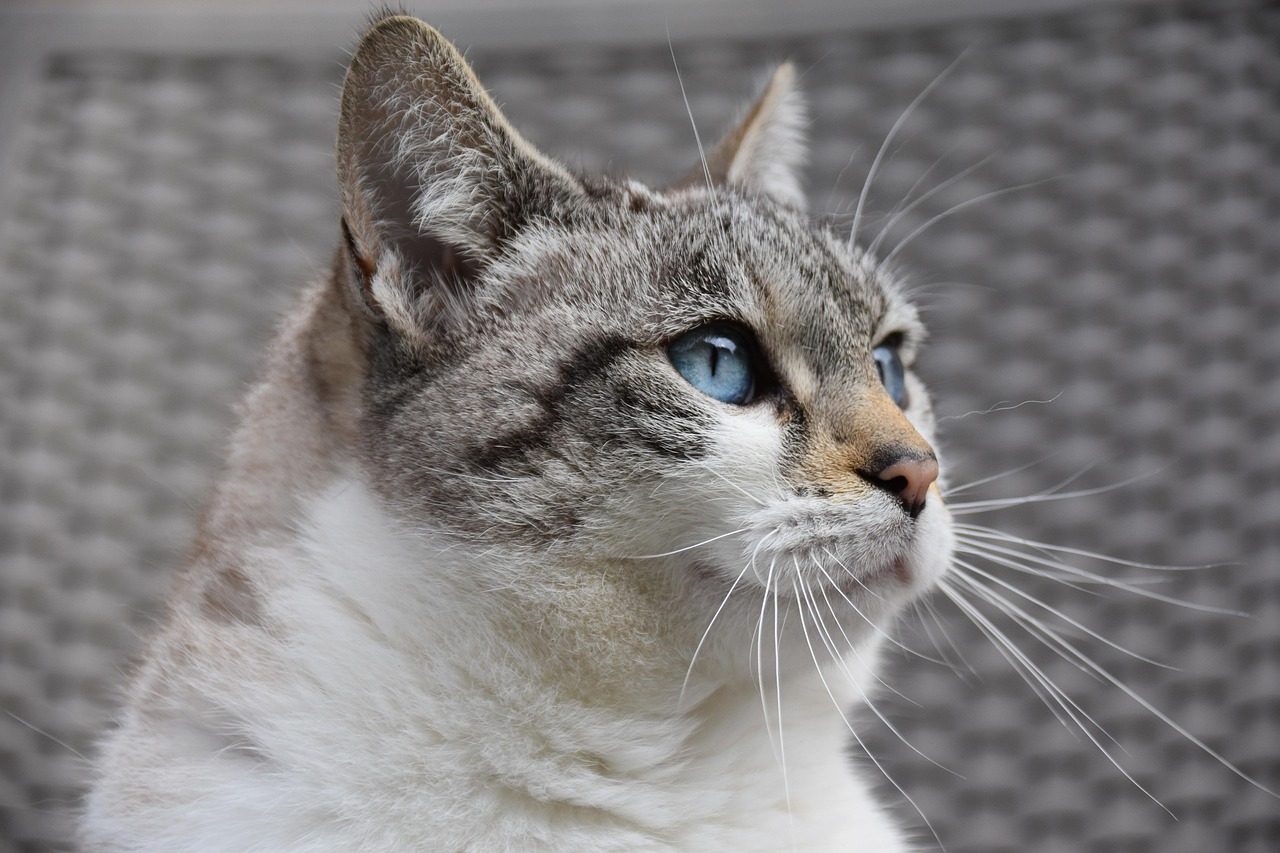
“They watch and learn from us, (noting) the patterns of our actions, as evidenced by knowing where their food is kept and what time to expect to be fed, how to open the cupboard door that’s been improperly closed”. Your cat studies your problem-solving techniques and applies similar strategies.
They watch how you open doors, cabinets, and containers, then attempt similar manipulations. While they may not perfectly replicate your methods, they understand the cause-and-effect relationships you demonstrate.
Some cats learn to operate light switches, water faucets, or even electronic devices by observing your interactions with these objects repeatedly.
Attention-Seeking Strategies

This is a fascinating example of learned behavior. They understand what kind of vocalization elicits a specific response from their human companions. Your responses to your cat’s behaviors shape increasingly sophisticated attention-seeking strategies.
Cats quickly learn which behaviors reliably capture your attention, even if that attention is negative. They observe your daily routines to identify the most effective moments for interaction requests.
The more an owner initiated playing with his/her cat, the imitation of cat vocalizations was also more common in his/her case. The more interactive you are with your cat, the more they develop complex communication strategies.
Territory and Space Usage
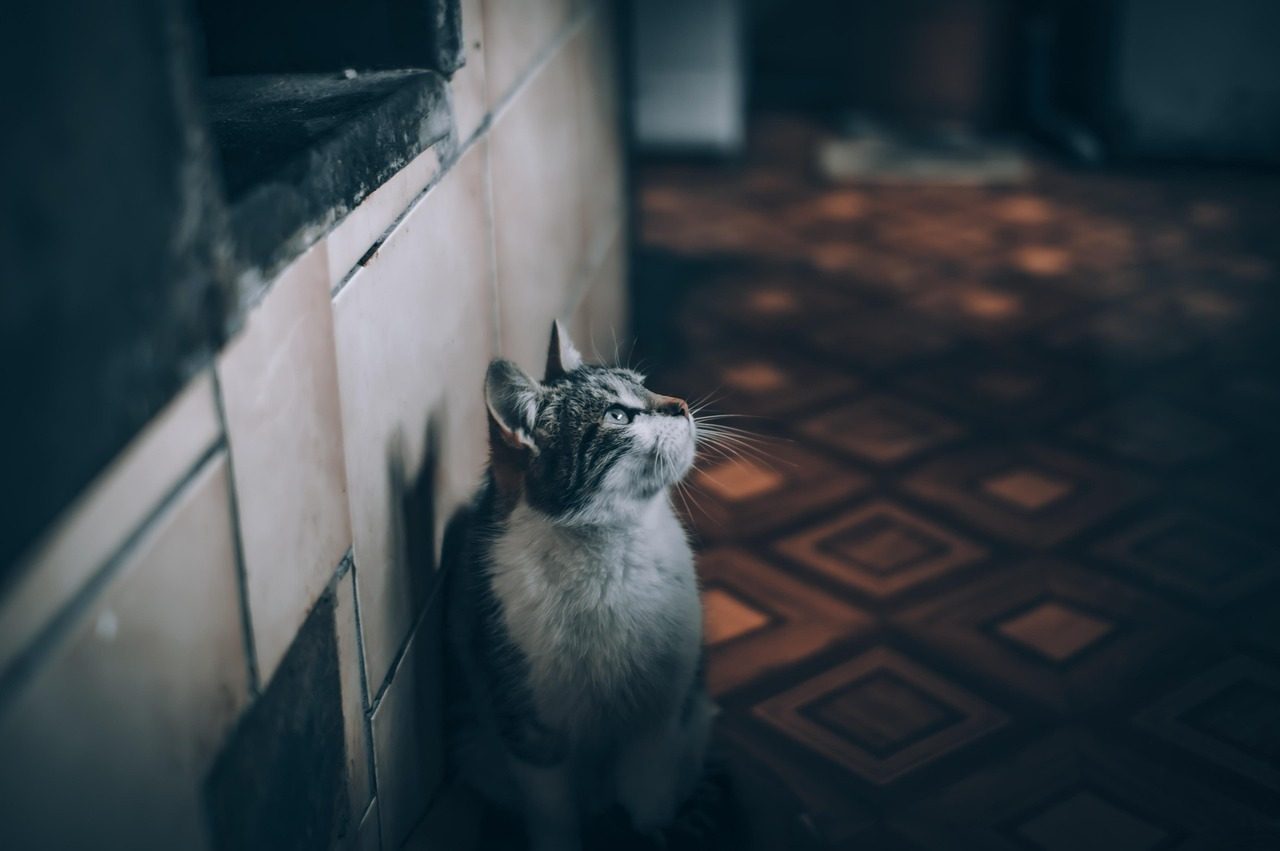
Your movement patterns throughout your home become templates for your cat’s territorial behavior. They learn which rooms you frequent most and when, often establishing their favorite spots based on your usage patterns.
Cats observe how you use furniture and spaces, then claim corresponding areas for their own purposes. If you always sit in a particular chair to read, they might claim the chair adjacent to it as their observation post.
They also learn your privacy preferences and respect certain spaces during specific times, such as staying out of the bedroom when the door is closed or avoiding the kitchen during meal preparation.
Stress Response Patterns
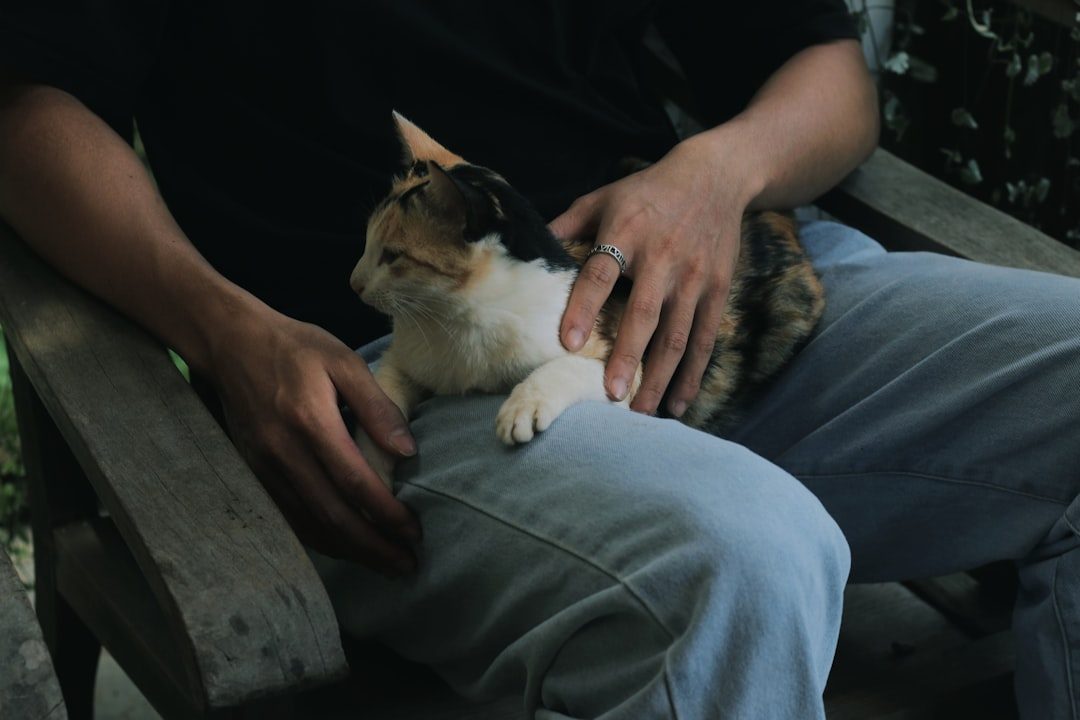
Turner et al. concluded that only the partner, but not the cat, enhances positive moods, while the cats alleviate negative moods. This effect was comparable to the effect of a human partner. Your cat learns to recognize signs of stress and develops corresponding behaviors to help regulate household emotional climate.
When you’re anxious or upset, many cats increase their physical presence or engage in specific comforting behaviors they’ve learned are effective. They might purr more frequently, seek physical contact, or simply position themselves nearby.
Some cats learn to anticipate stressful situations based on your behavioral cues and proactively engage in calming behaviors before you reach peak stress levels.
Exercise and Activity Behaviors They Never Adopt
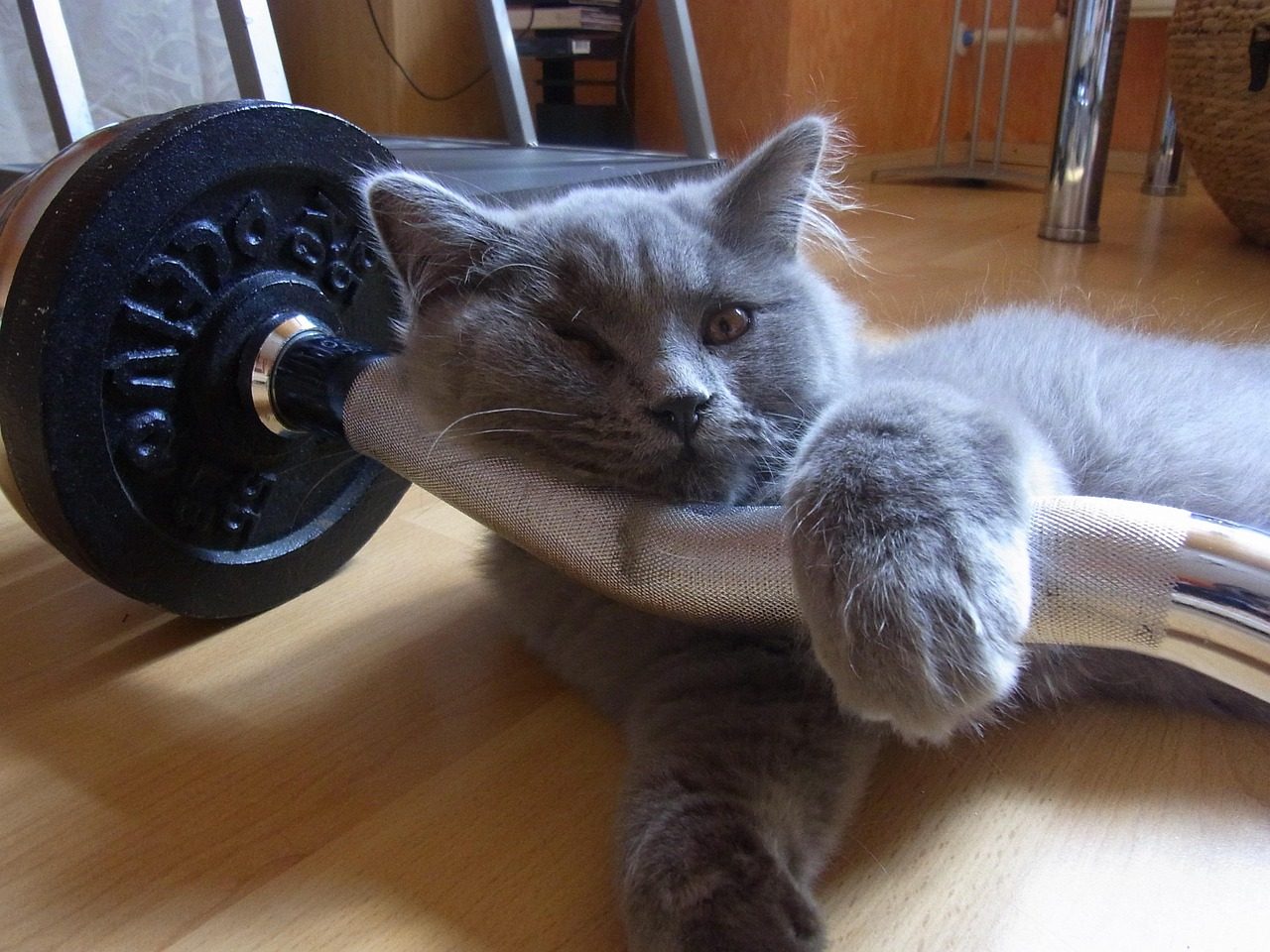
Despite their keen observational skills, cats show remarkable resistance to adopting human exercise routines. We found no evidence that observing human behaviour enabled more efficient problem-solving by cats or caused them to change their behaviours. Other than their learning ability, the biological characteristics of cats and the experimental context may have contributed towards the present negative results.
While they might watch you do yoga or exercise, they don’t attempt to replicate these movements for fitness purposes. Their exercise needs are fundamentally different from yours, focused on short bursts of intense activity rather than sustained cardiovascular exercise.
Cats maintain their natural hunting-based activity patterns regardless of your fitness habits. They prefer to engage in stalking, pouncing, and climbing behaviors that serve their instinctual needs rather than adopting human-style repetitive exercise routines.
Complex Tool Use They Resist Learning
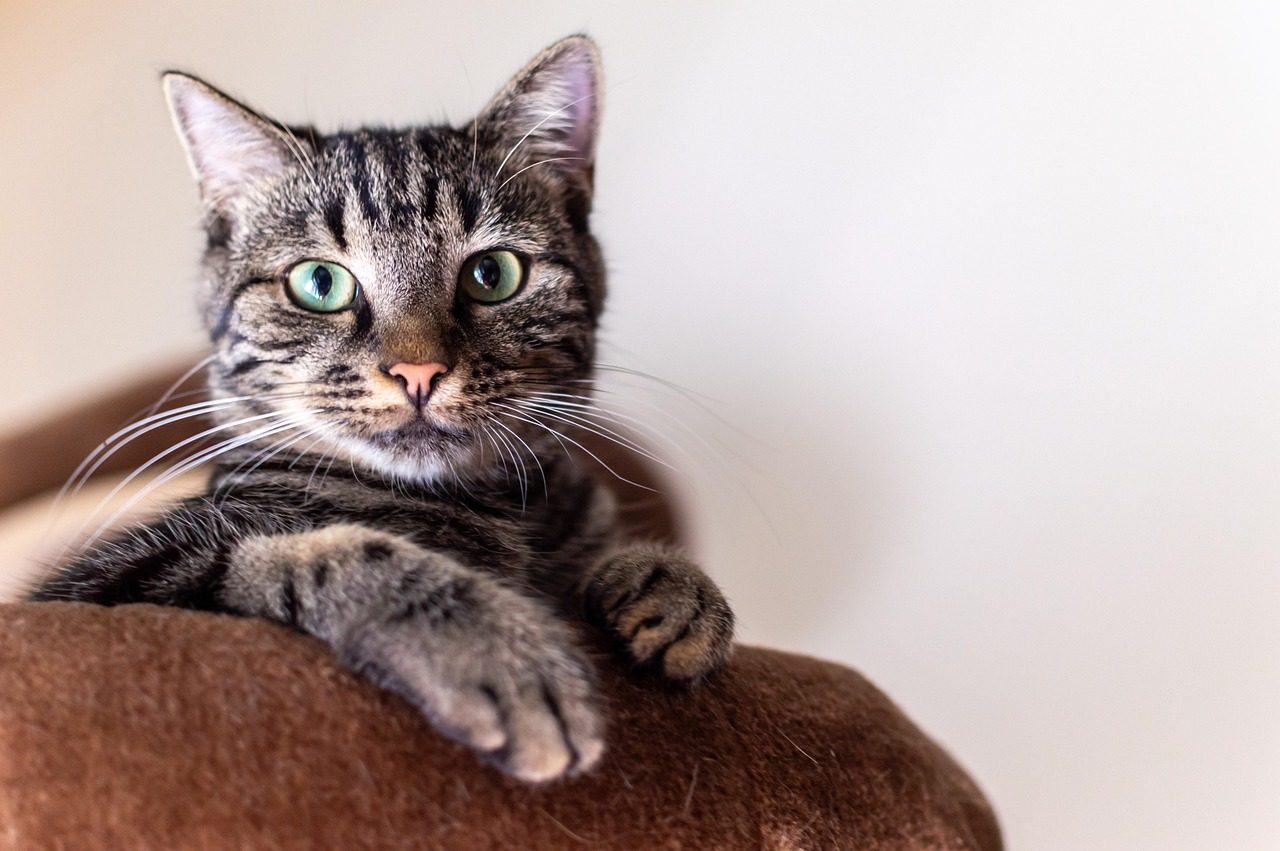
In Experiment 1, a human demonstrated how to open a transparent drawer and take out the reward inside, but cats did not significantly follow the same method as the human… However, cats were not influenced by the human behaviour. Cats consistently resist learning complex manipulation tasks through human demonstration.
Unlike dogs, who readily learn to use tools or complex mechanisms by watching humans, cats prefer simpler, more direct approaches to problems. They might learn to open doors through trial and error but won’t carefully study and replicate your multi-step processes.
Their problem-solving style remains fundamentally different from human approaches, focusing on physical solutions rather than tool-based strategies.
Social Hierarchies They Don’t Recognize

Dogs evolved from a social species, whereas cats come from an ancestor that was solitary. I don’t think they’ve evolved a social behavior as complex as dogs’ social behavior. Cats resist adopting human social hierarchy concepts and maintain their own social structure preferences.
They don’t understand or replicate human concepts of authority, leadership, or social ranking within the household. Each cat establishes their own relationship with each family member independently.
While they observe family dynamics, they don’t internalize human social rules about who should be obeyed or who has decision-making authority.
Verbal Language Systems They Can’t Master
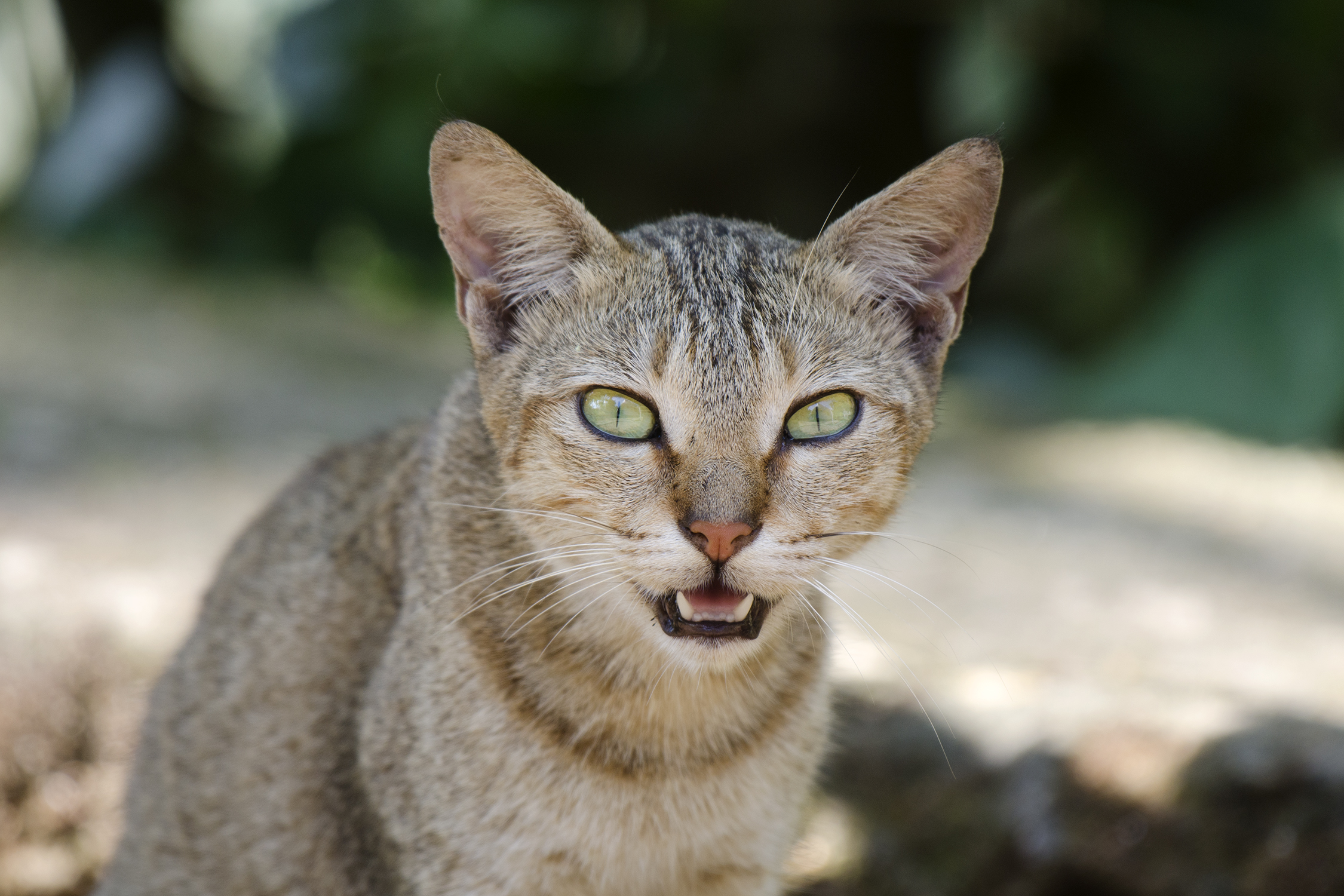
“Physically, their vocal cords are not suited for the breadth of sounds we classify as speech,” Josh Wiesenfeld, a pet behavior expert and founder of Boxiecat. “Although they can produce a wide variety of utterances, they lack the physical structure necessary for articulate speech”.
Despite viral videos that seem to show cats “talking,” they cannot truly learn human language systems. The short answer is: not exactly. While cats are undeniably clever creatures, their vocal abilities don’t extend to replicating human language in the same way a parrot might.
Their communication with humans remains fundamentally different from human language, based on learned associations rather than linguistic understanding.
Consistent Training Routines They Avoid

Cats are actually capable of learning behaviours and skills through observation and mimicry, particularly from other cats and even humans. The intelligence and memory of cats enables them to copy a variety of actions, though their motivations differ from dogs. However, they resist structured training routines that humans might try to establish.
Cats learn selectively, choosing which behaviors serve their purposes rather than following comprehensive training programs. They might learn one trick perfectly while completely ignoring repeated attempts to teach them others.
Their learning style remains opportunistic and self-directed, making them resistant to formal training schedules or systematic behavior modification programs.
Understanding these fascinating patterns helps explain why your cat seems to know you so well while maintaining their own mysterious independence. Understanding these aspects of cat communication allows us to deepen our connection with these intelligent and complex creatures. By learning to “read” our cats’ communications we not only understand them better but also reinforce the bond we share with them.
Your cat’s selective learning reveals the sophisticated intelligence behind their choices about which human behaviors to adopt and which to politely ignore. What aspects of your own daily routine have you noticed your feline companion picking up? Tell us in the comments.





